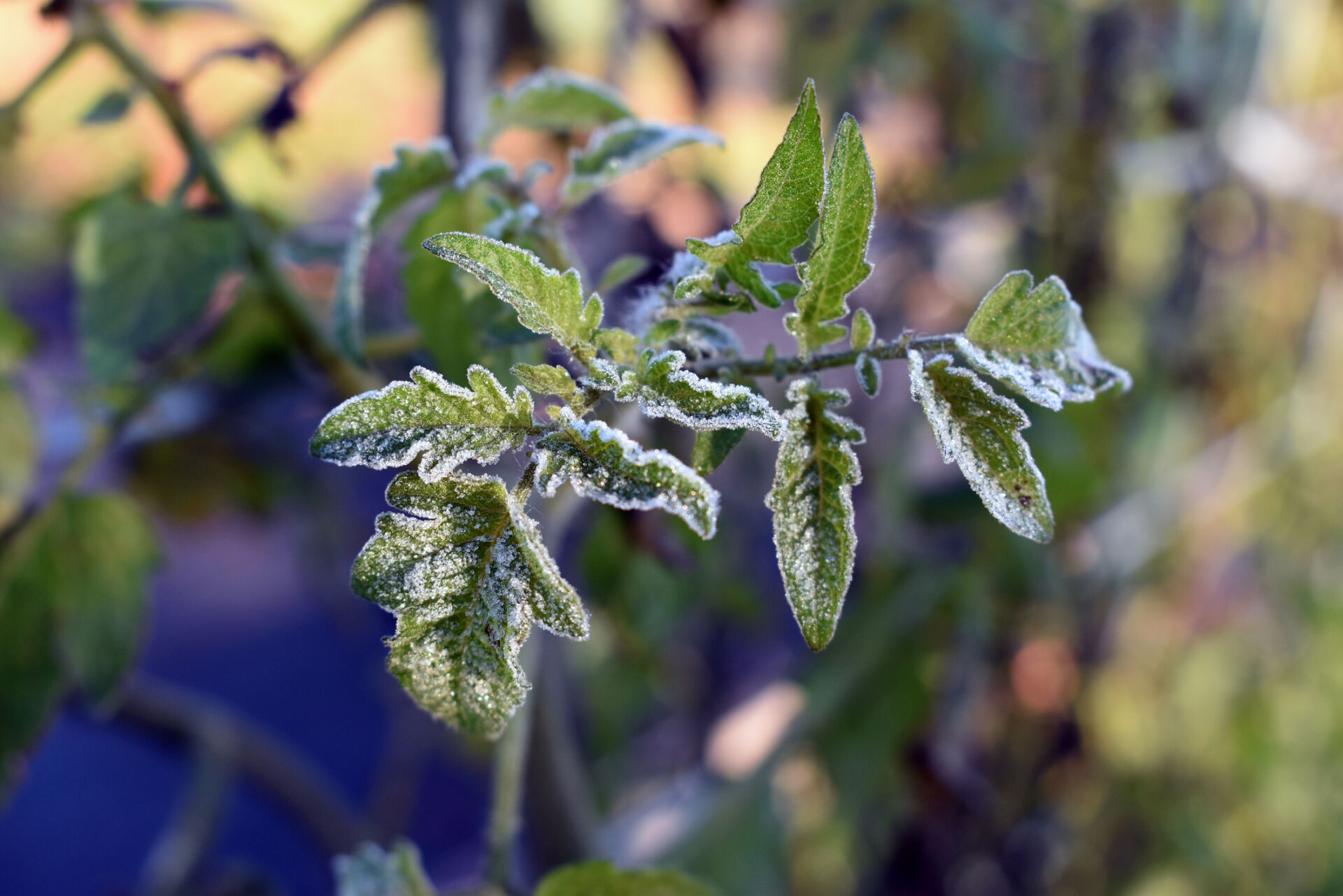Terms and Conditions: The Natural Capital Measurement Catalogue is presented for the purpose of disseminating information free of charge for the benefit of the public.
Given the research nature of the NCMC, this content is not and should not be used as a substitute for consultation with professional advisors. This website is not a substitute for independent professional advice and users should obtain any appropriate professional advice relevant to their particular circumstances.
Use of the information and data contained within this site or these pages is at your sole risk. You accept all risks and responsibility for losses, damages, costs and other consequences resulting directly or indirectly from using this site and any information or material available from it.
By using the NCMC, you agree that Climateworks Centre will not be liable or responsible (including arising from its negligence) to any parties for any loss, damage, cost or expense incurred or arising out of any person using or relying upon the information in connection with the NCMC and Climateworks Centre disclaims all liability and responsibility arising therefrom.
Climateworks Centre recommends that users exercise their own skill and care with respect to their use of this web site and that users carefully evaluate the accuracy, currency, completeness and relevance of the material on the website for their purposes. By using this website, you release Climateworks Centre from, and agree that Climateworks Centre does not guarantee nor accept, any and all liability howsoever arising from or connected to your use of any material on this website or any linked site and the accuracy, reliability, currency or completeness of that material.
Security of the Natural Capital Measurement Catalogue: Climateworks Centre accepts no liability for any interference with or damage to a user’s computer system, software or data occurring in connection with or relating to this website or its use. Users are encouraged to take appropriate and adequate precautions to ensure that whatever is selected from this site is free of viruses or other contamination that may interfere with or damage the user’s computer system, software or data.
Climateworks Centre applies a range of security controls to protect its website from unauthorised access. However, users should be aware that the World Wide Web is an insecure public network that gives rise to the potential risk that a user’s transactions are being viewed, intercepted or modified by third parties or that files which the user downloads may contain computer viruses, disabling codes, worms or other devices or defects.
Links to external websites: We make every reasonable effort to maintain links to current and accurate information. Please contact us to report any broken links.
This website may contain links to other websites that are external to the Climateworks Centre website. Climateworks Centre takes reasonable care in linking websites but has no direct control over the content of the linked web sites, the changes that may occur to the content on those web sites, or the security arrangements applying to those web sites. It is the responsibility of users to make their own decisions about the accuracy, currency, reliability and completeness of the information contained on linked external websites.
Links to any external websites do not constitute an endorsement or a recommendation of any material on those web sites or of any third party products or services offered by, from or through those websites. Users of links provided by this web site are responsible for being aware of which organisation is hosting the website they visit.

